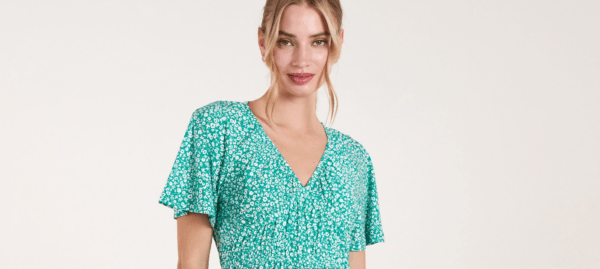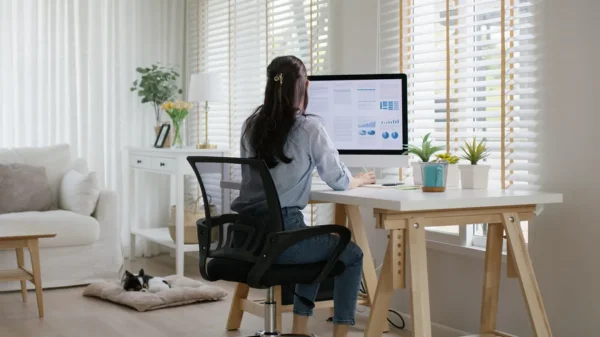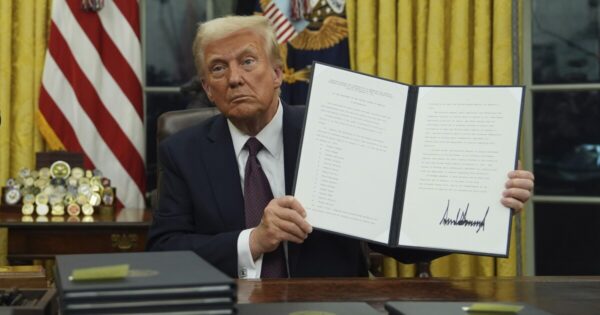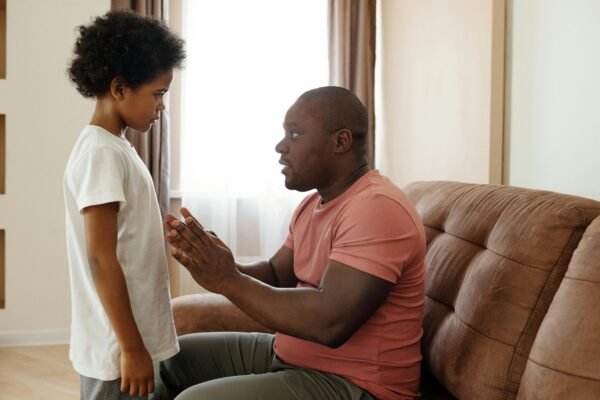
How To Produce A Well Made Video Resume
How to produce a well made video resume
Let’s face it, we all depend on technology for something, whether your closest relationship is with your iPhone, you’ve become a twitter slash Net-a-porter slash ASOS addict or your evening doesn’t feel complete without a quick flick through iplayer. 21st century life just wouldn’t be the same without it (attempt a week without your phone or laptop, we dare you!). So really it was inevitable that eventually the traditional resume would have a rival and working in the world of PR, online marketing and social media, that time has well and truly come. But just how creative can you be with your resume? Video CVs might have seemed a gimmick a few years ago but they are fast becoming a popular way of presenting a job application in certain industries, and candidates are at risk of losing out if they don’t look into it. Hiring managers spend less than thirty seconds looking at a resume, so make it count. It might seem a bit daunting if you’re camera shy, but you don’t have to be the next Emma Stone to be on film and we’re here to guide you, so don’t panic!
It’s pretty straightforward – a video CV is a short film, in which you verbally present your achievements, qualifications, presentation skills and experience. The gain in popularity is down to the added advantage of allowing candidates to make a much stronger impact than through words alone. It offers the employer a chance to preview your personality ahead of the interview stage and to have an early chance to assess whether or not you will fit into the organisation. What’s more, because you can do as many takes as you like, candidates can present themselves in the best light and make the strongest first impression.
So, how can you make sure your video resume stands out from the rest as a polished, professional application? It’s simple, just remember the “three P’s”.
Prepare
As with most things in life, preparation is key and increases the chances of success. Work out what you want to say, write it down and hone the words into a readable script. This is the first step in Video CV. Once you’ve done this, running it past a friend or relative (preferably one who will give honest feedback!) will help tighten it up even further.
Work out what you are going to wear. Do your detective work and dress as if you are going for a face-to-face interview. You want to tailor your outfit to the company and industry you are interviewing in and come across as professional. Bold patterns and large jewellery, as tempting as they are, should be avoided as they can be distracting. The main focus of your video should be you not your statement necklace.
Now it’s time to decide where you are going to film your video resume. Aim for a professional setting – try sitting by a desk or computer, or in front of a bookcase. If you don’t have anywhere suitable, make the background as plain as possible, perhaps against a wall or front of a drawn pair of curtains. Again, you want to avoid anything that could divert their attention – the hiring manager should be concentrating on you and your presentation not enjoying the re-run of SATC in the background.
Practice
Do a couple of practice runs to make sure you feel comfortable. Play it back and listen critically. Are you speaking too quickly? Too quietly? Do you need to liven your voice up and add expression to your delivery? Is your posture overly slouched, or far too rigid? Maybe you are moving your hands too much or fiddling with your hair or clothes? Again, ask someone else to watch the video with you and ask them for their honest opinion on your performance. No video will be flawless on your first take so don’t panic. Practice makes perfect after all.
Perform
Once you are confident that you have prepared and practised as much as you can to create the best video resume possible, then go for it and put your heart into delivering an excellent film.
Don’t forget to smile and keep your body language confident. For example, don’t cross your arms or shield your body with an object such as a folder or laptop as this will make you seem defensive. Look into the camera lens with a steady gaze and don’t narrow your eyes as this suggests that you feel superior to your audience. Keep your hands as still as you can and you’ll excel. Enjoy yourself and it will come across on camera!
Here’s to happy filming and making a great first impression!
















































